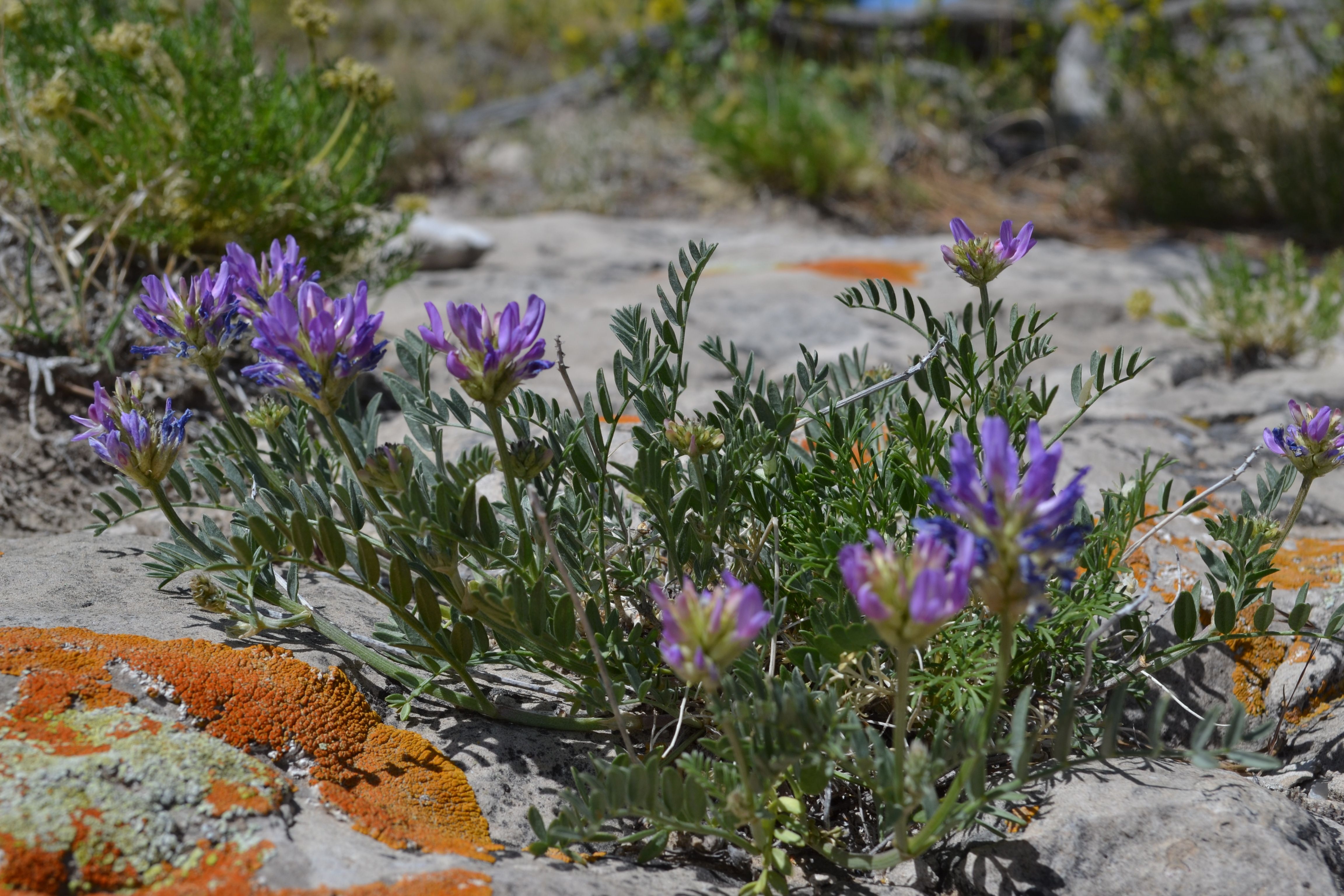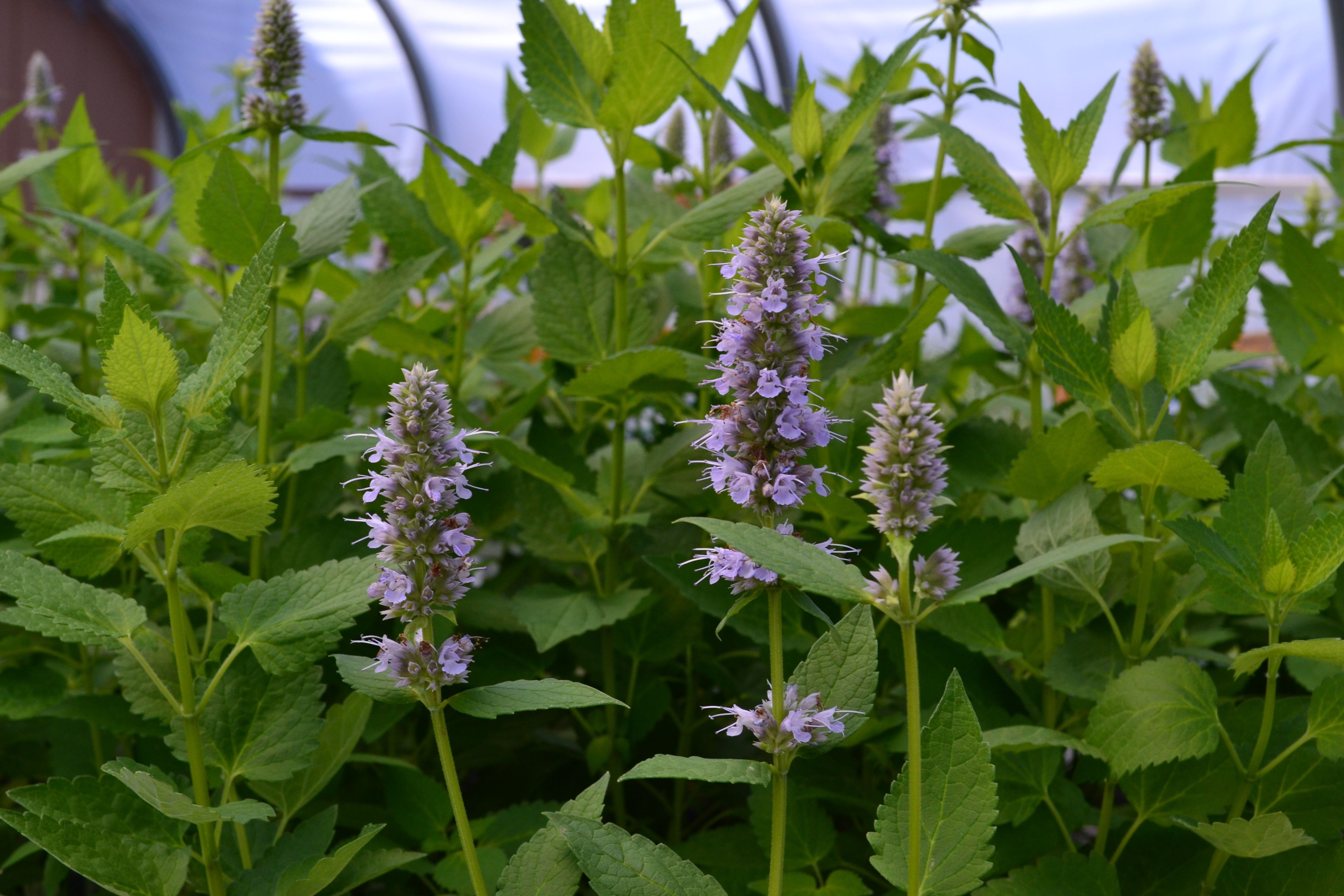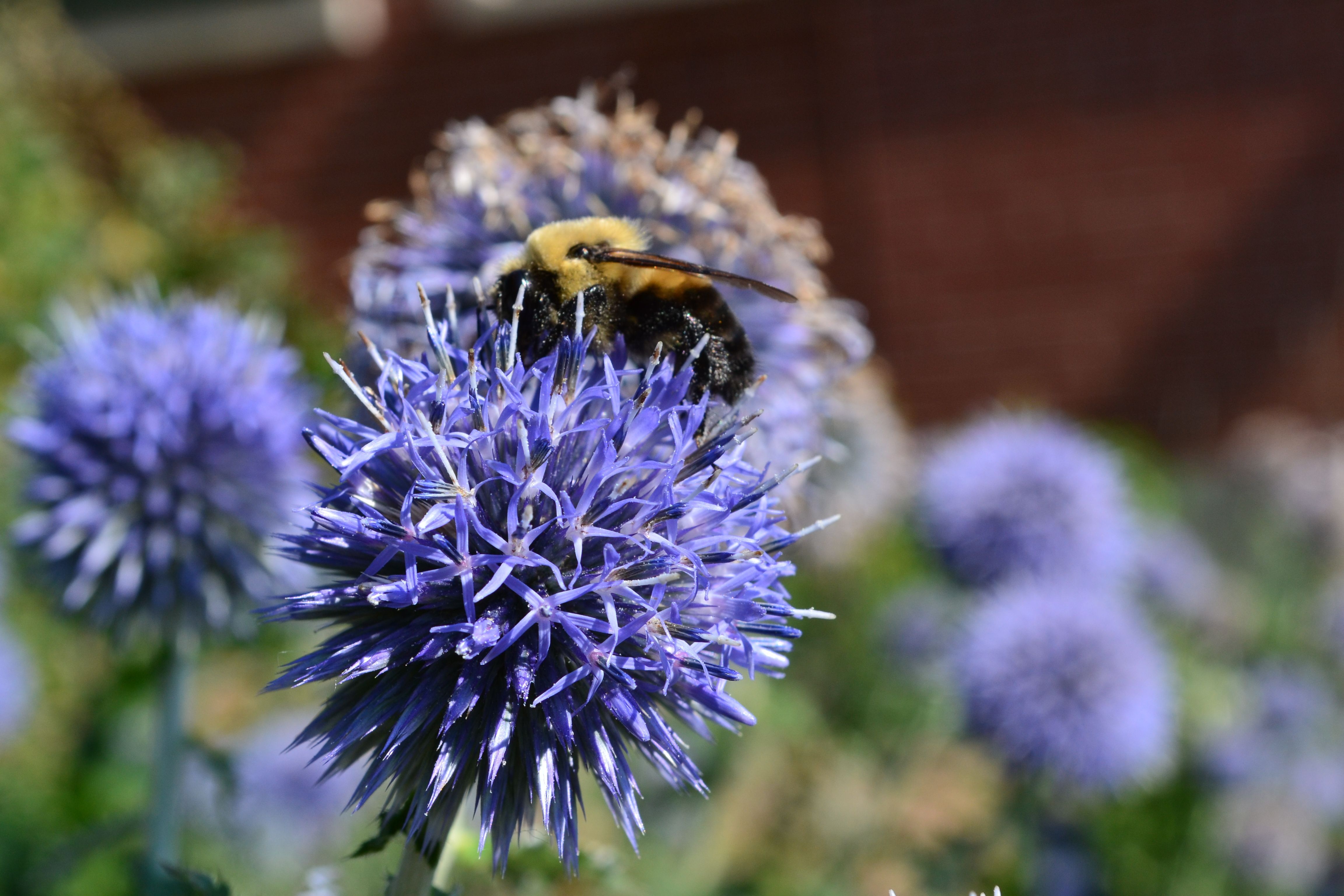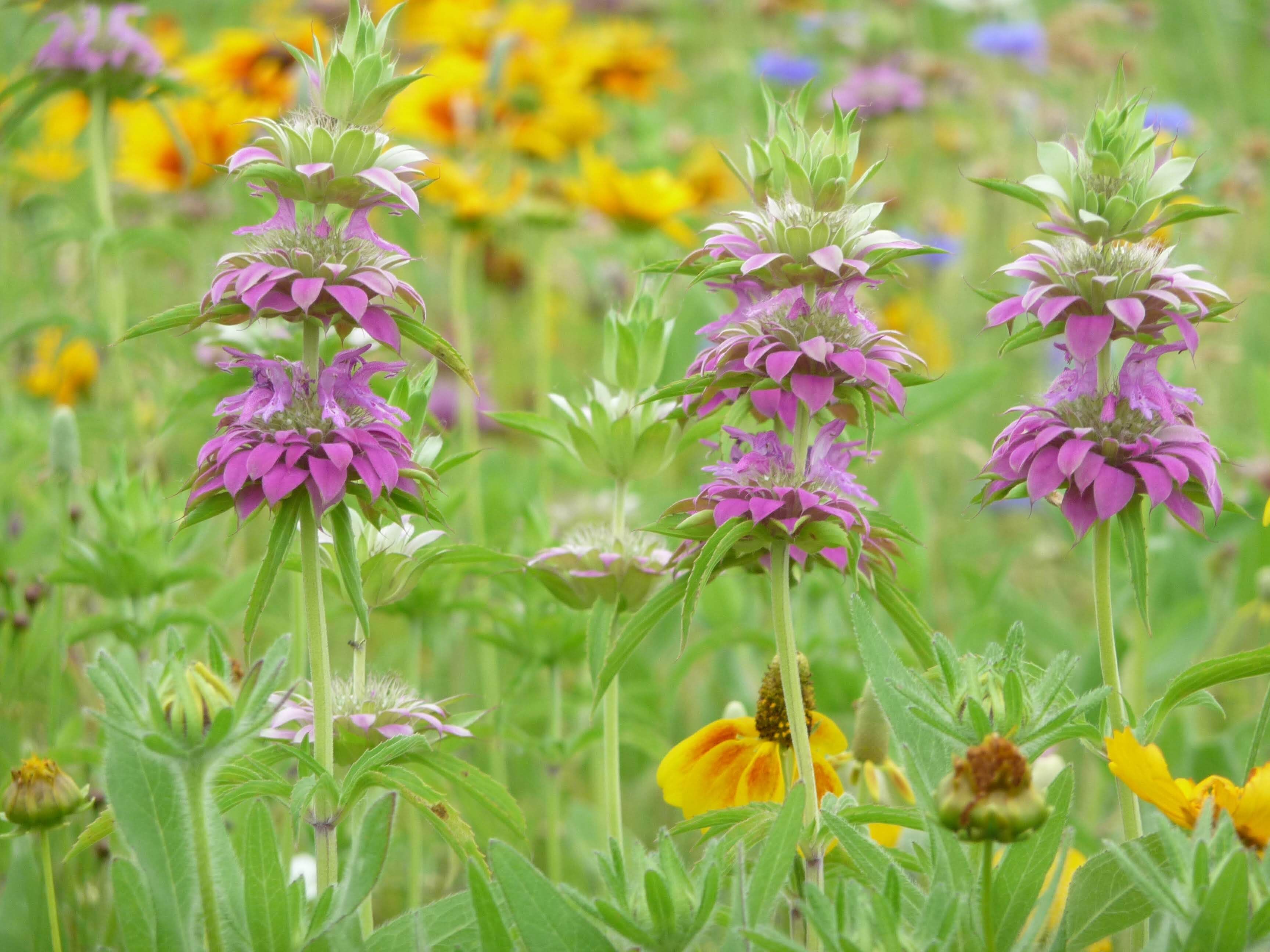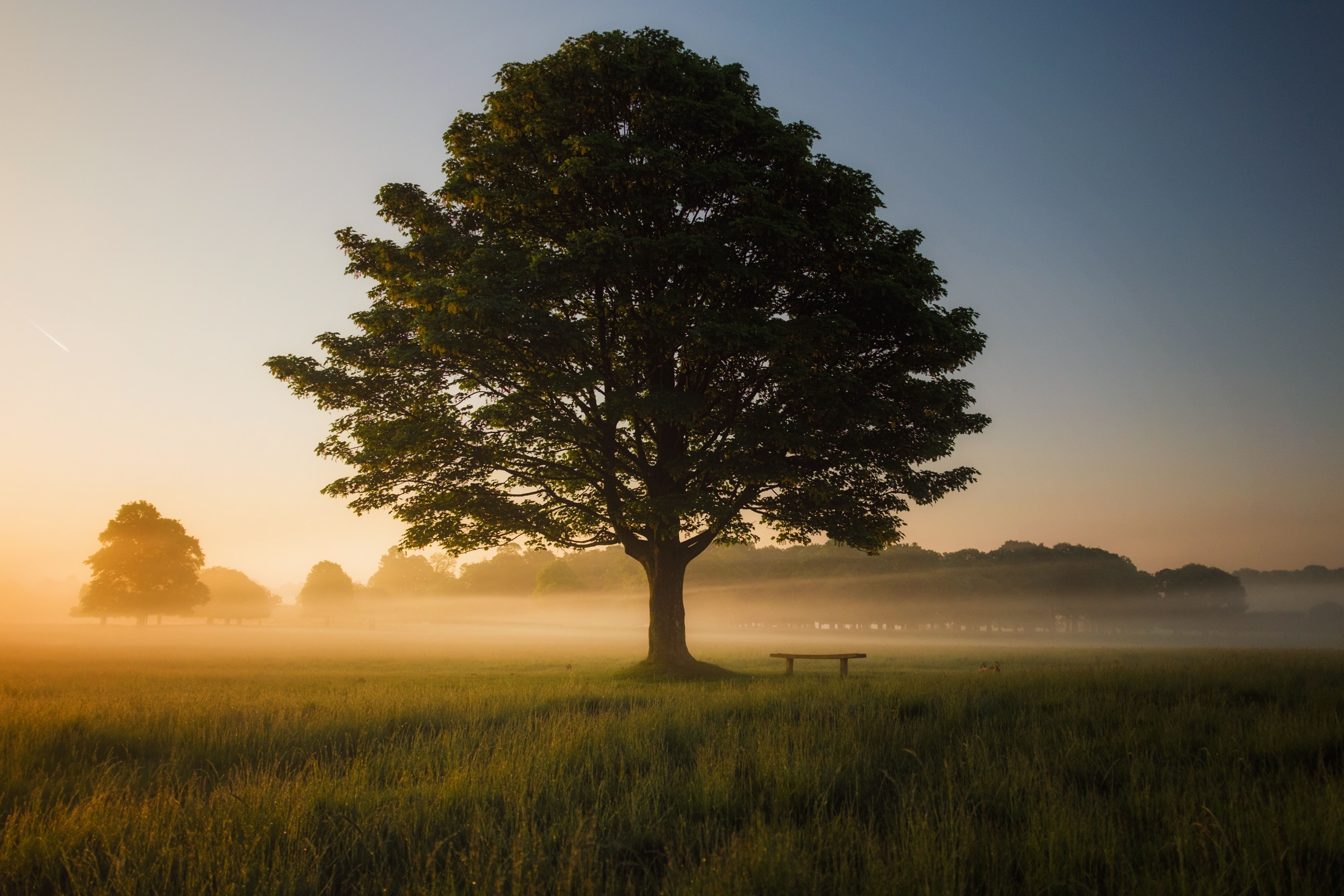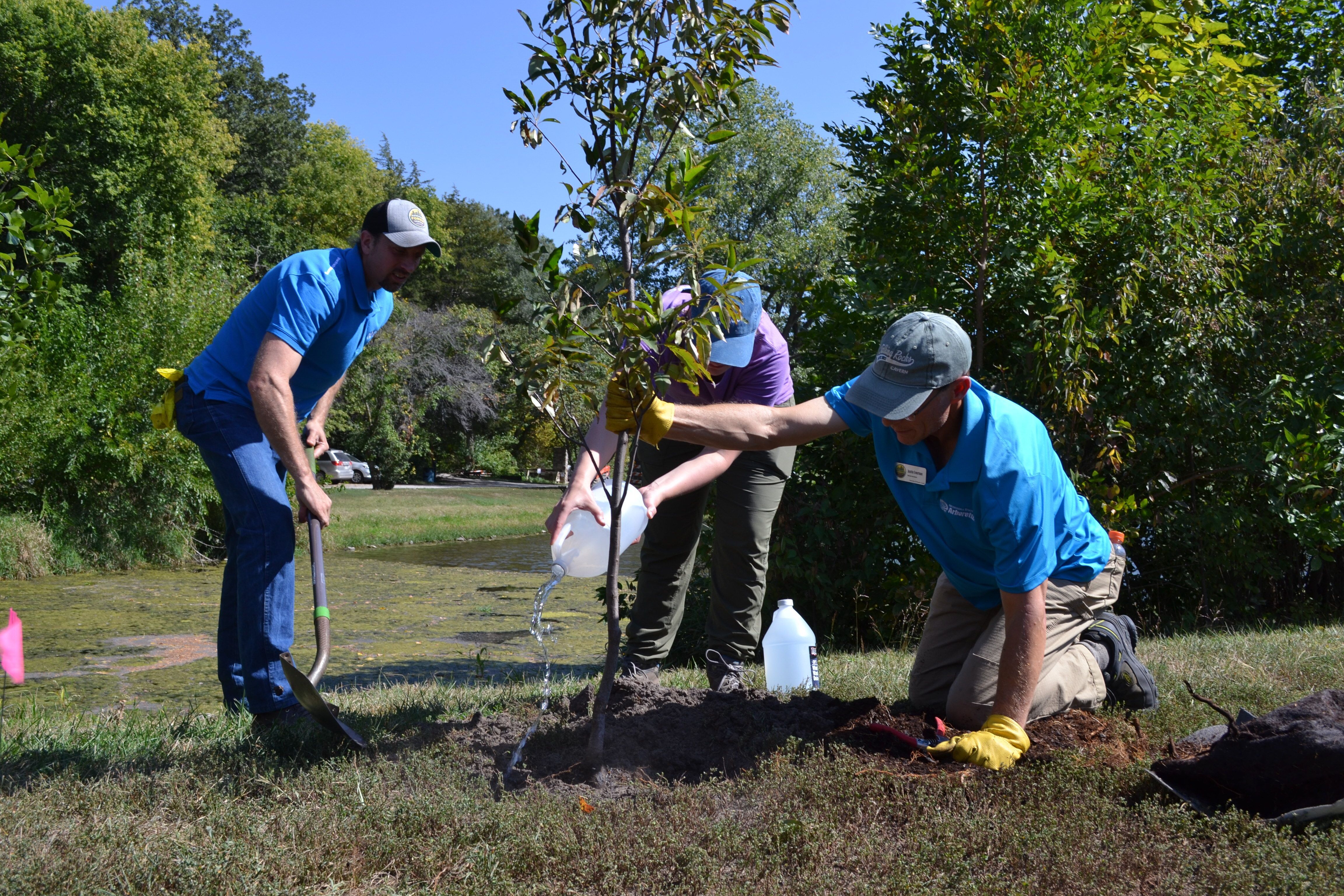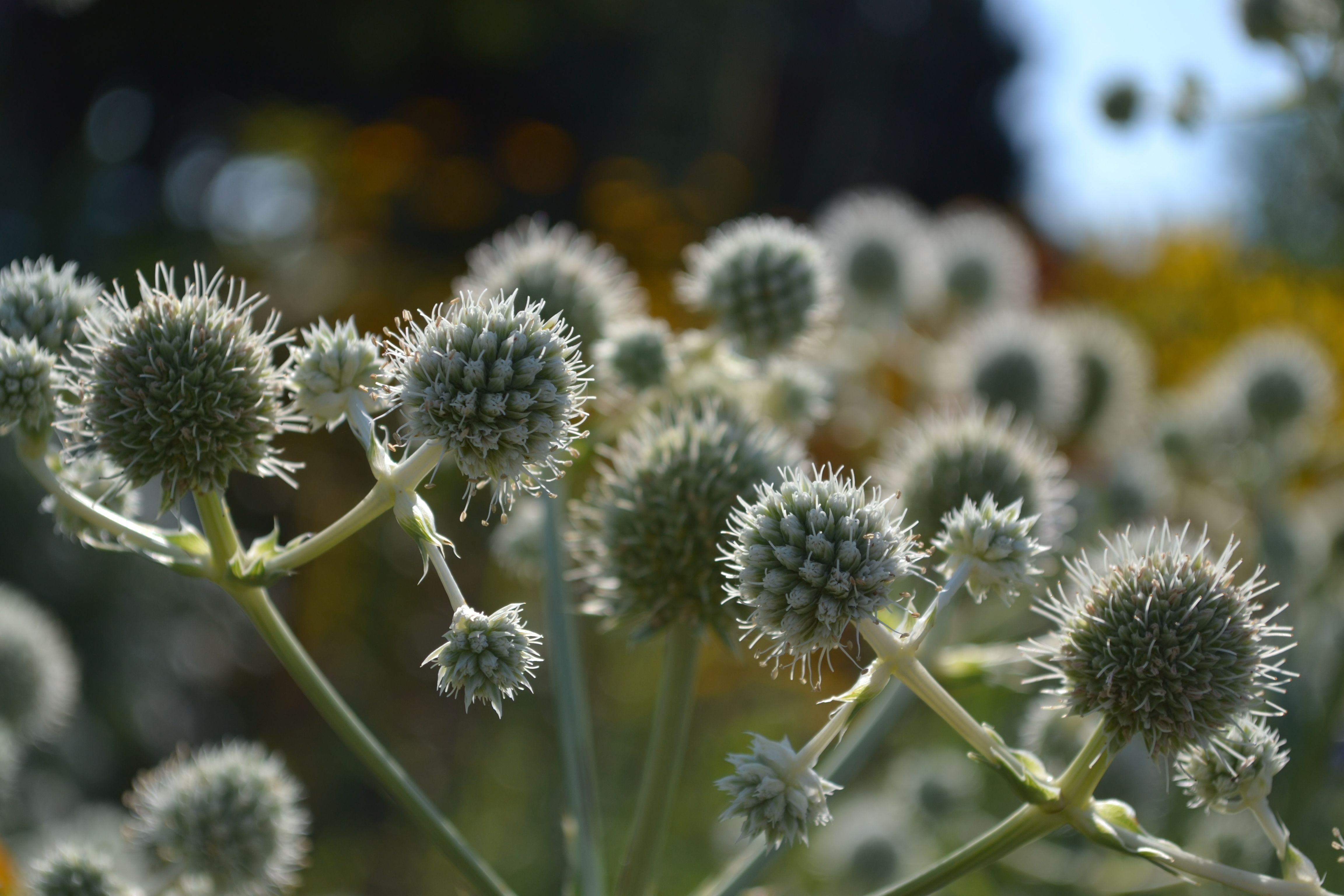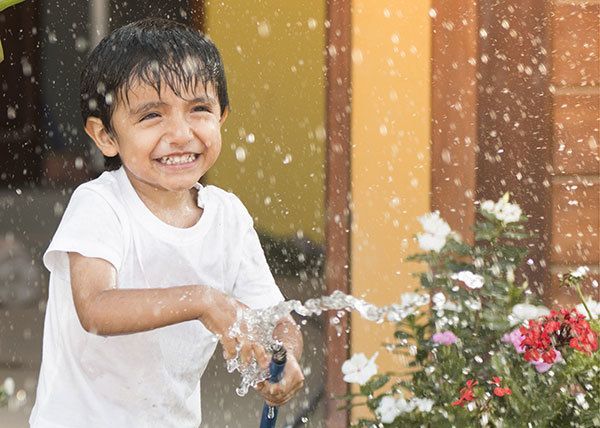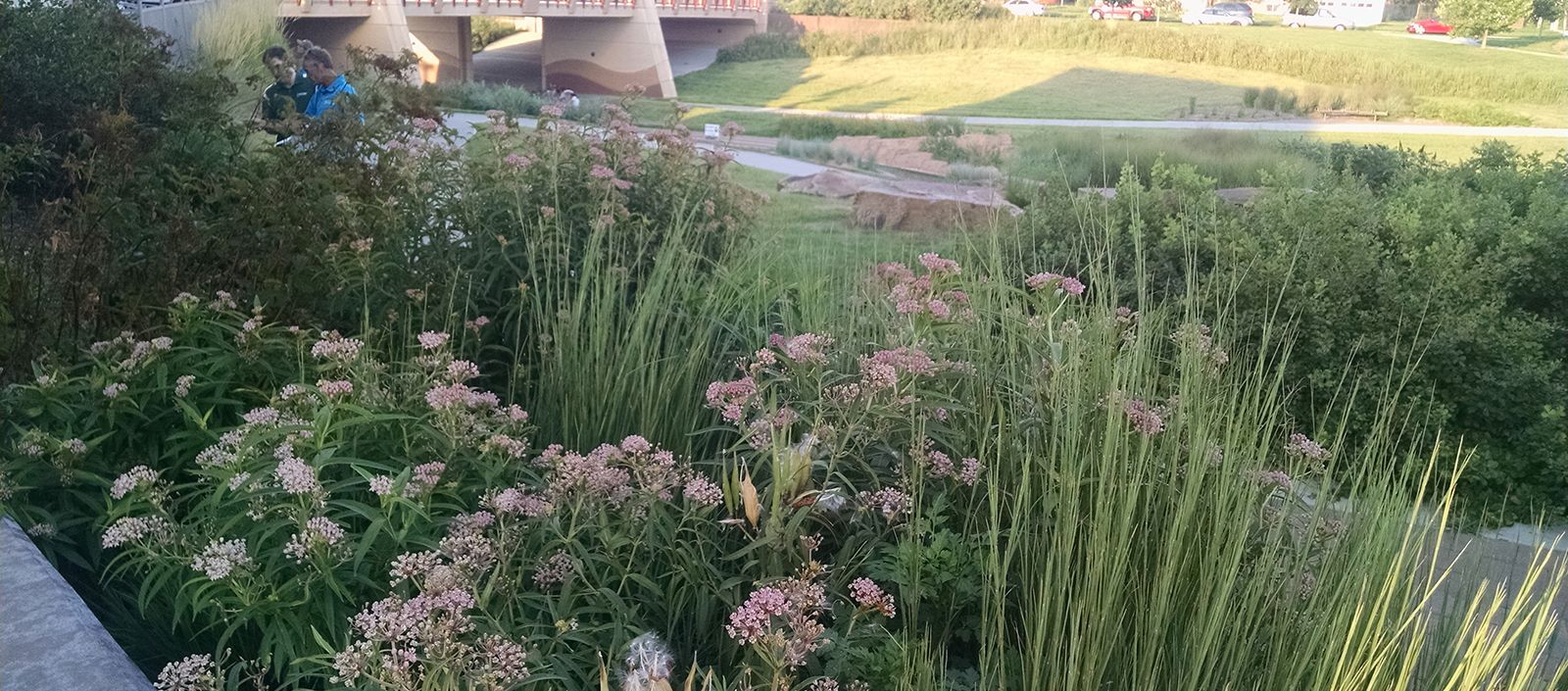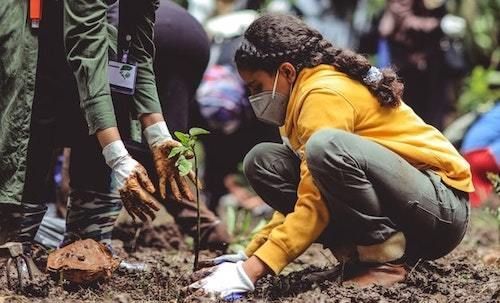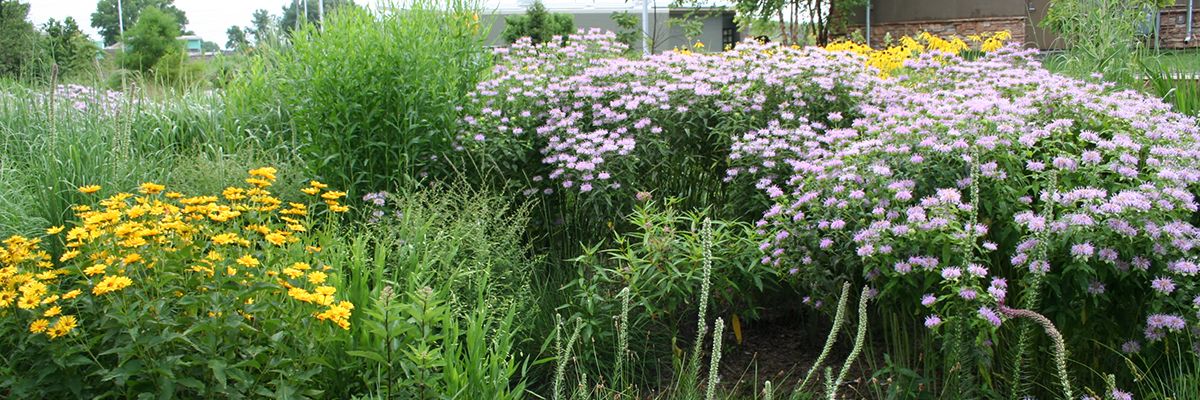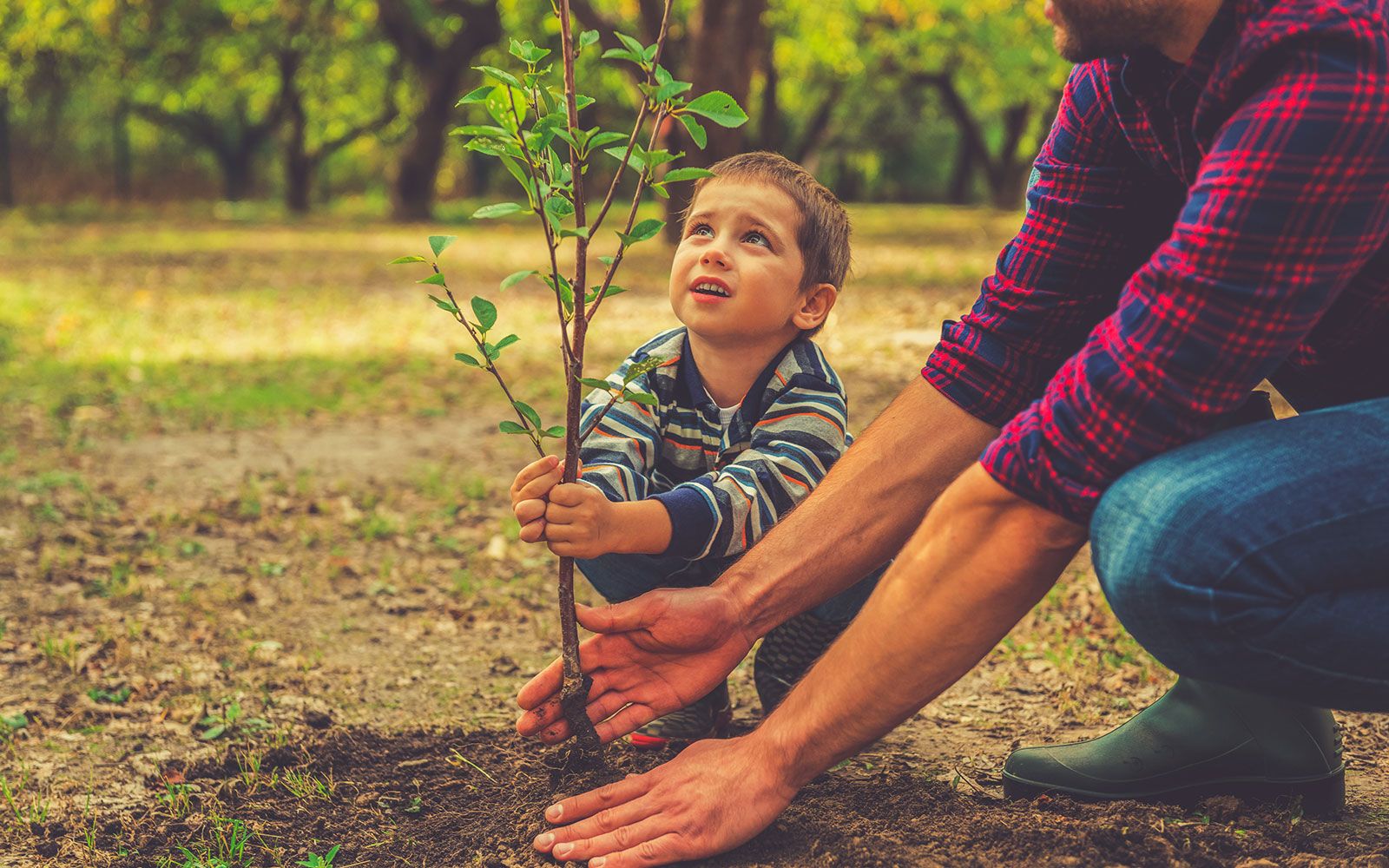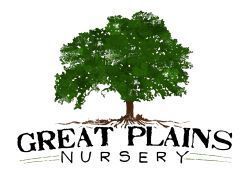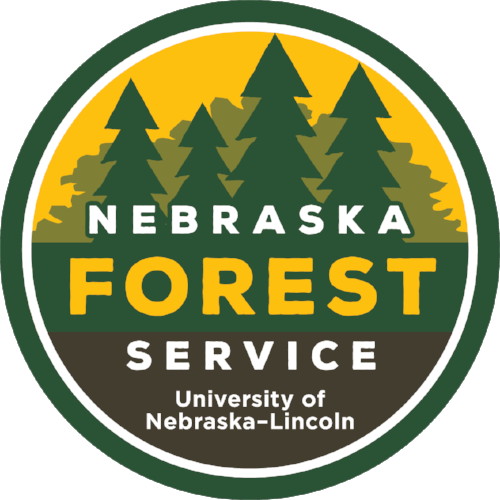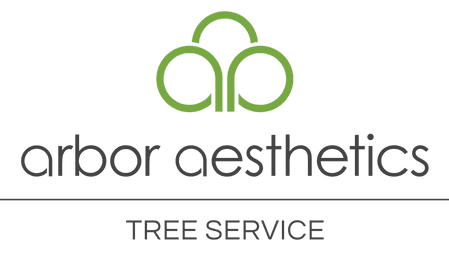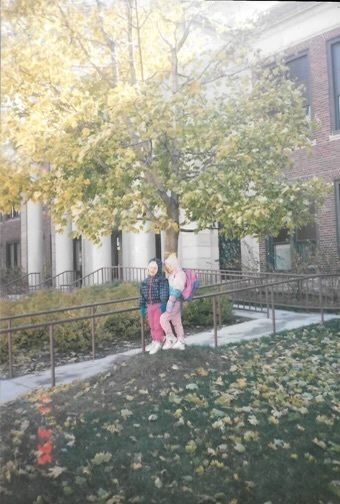
Hanna and a friend stand under Thelma, their favorite sycamore tree, outside of their elementary school.
When I was in elementary school, my kindergarten teacher took my class outside to the front of the school and introduced us to a young sycamore tree. This tree, she explained, would be our class tree, and we would watch it throughout the school year to see how it grew and changed. We tied a bow around her trunk, gave her a hug and named her Thelma.
Thelma was my first tree. Throughout my life, I have come to have many others.
My dad planted a weeping crabapple in our backyard. It was a beautiful tree, but as a child, what I cared most about was the fact that I could hide under its draping branches and create a clubhouse of sorts. My sister Noelle and I spent many summer hours dreaming up imaginary worlds under that tree.
When I began volunteering at the Lincoln Children’s Zoo as a middle schooler, I spent hours beneath the canopy of a hop hornbeam and honey locust trees (which are a favorite of goats, though they are not very discriminating) while I developed my love of introducing others to animals and the outdoors.
Now, with my own home, I have quite a few trees that are, or were, mine. Our home had a giant, beautiful ash tree in the front yard. Unfortunately, the threat of emerald ash borer disease forced us to have it removed. On the morning that the tree company was scheduled to arrive, I gave it one last hug. Later, when I returned home from work, all that was still standing was the trunk. I put a hand to it and cried while I thanked it for its life
I used the mulch from that ash tree to care for the three new trees I planted, one of which was the first tree I ever received from the Nebraska Statewide Arboretum: a northern catalpa seedling. I kept it alive in its pot through a full winter before planting it in the ground. It is still my favorite tree. I also continue to nurture a bitternut hickory and a black cherry in my front yard, two trees that are unique to my neighborhood. These trees are an entryway into conversation with my neighbors about the trees I love.
I only learned what species Thelma, my crabapple clubhouse and my zoo trees were in retrospect, long after I had enjoyed them as a child and a teenager. What mattered most to me at the time (and still matters now) was the connection I felt with them and the emotions they stirred in me.
Sometimes, in this work, we can get very scientific. And while it’s important to note the positive environmental and health benefits trees bring to our communities, it’s equally valid to value trees for their emotional and even sentimental impact. We each need to ask ourselves why we feel compelled to plant trees.
I plant trees simply because I love them; clean air is an added bonus. I love to walk through a park, touch each tree and tell it how I feel about its existence in my life. Trees are our friends. When we remove emotions, it becomes easy to remove trees, too.
During this upcoming tree planting season, I urge you to talk to your friends, community members and representatives about how trees make you feel. Talk about the tree that made you fall in love. Share the stories of the trees in your life. Storytelling is the most powerful connection we can make with others, and your story just might encourage someone else to find their Thelma.

